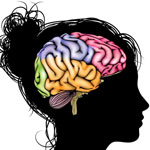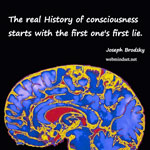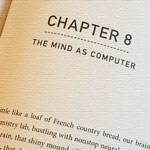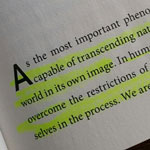Book Title: How to create a mind
Written by: Ray Kurzweil
Chapter Title: Transcendent Abilities (Chapter 6)
How to create a mind (amazon)
How to create a mind (Barnes & Noble)
Clearly part of what we regard as aptitude is the product of nurture, that is to say, the influences of environment and other people. Mozart was born into a musical family… There is clearly a nature component as well.
Neocortical abilities: for example, the ability of the neocortex to master the signals of fear that amygdala generates (when presented with disapproval)
There are other skills that contribute to degrees of competency, whether of the routine variety or of the legendary genius.
Neocortical abilities play a significant role, as do attributes such as confidence, organizational skills, and the ability to influence others.
A key aspect of creativity is the process of finding great metaphors. Symbols that represent something else.
The neocortex is a great metaphor machine, which accounts for why we are a uniquely creative species.
Every one of the approximately 300 million pattern recognizers in our neocortex is recognizing and defining a pattern and giving it a name, which in the case of the neocortical pattern modules in simply the axon emerging from the pattern recognizer that will fire when the pattern is found.
That symbol in turn then becomes part of another pattern. Each of these patterns is essentially a metaphor.
The recognizers can fire up to 100 times a second, so we have the potential of recognizing up to 30 billion metaphors a second.
Of course not every module is firing in every cycle. But it is fair to say that we are indeed recognizing millions of metaphors a second.
One approach to expand the available neocortex is through the collaboration of multiple humans… the next step, of course, will be to expand the neocortex itself with its nonbiological equivalent.
This will be our ultimate act of creativity to create the capability of being creative.








